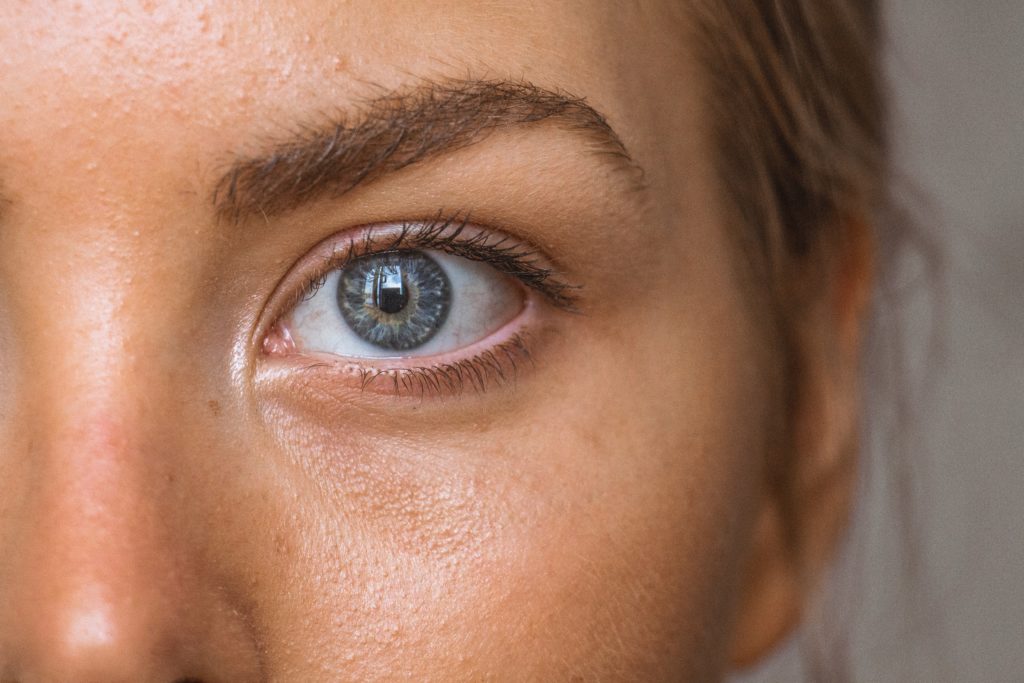Geek Out On Your Skin : The Epidermis
The epidermis is the top layer of your skin. Your epidermis is what makes your skin tone the way it is. The hair follicles and the sweat glands are more rooted in the dermis layer. The deepest layer of your skin is the subcutaneous tissue. It contains fat and connective tissue.
These skin layers are divided into more segments themselves. Since the epidermis is what we see, let’s focus on that and explore the layers of this superficial skin layer.
From the top layer to the deepest layer of the epidermis, the layers are named:
- Stratum Corneum
- Stratum Lucidum
- Stratum Granulosum
- Stratum Spinosum
- Stratum Basale
Let’s look into these layers in more details:
Stratum Corneum
This part of epidermis serves as a protective shield against the bacteria, germs, parasites, and external influences. It also maintains the hydration levels and keeps the entire skin system together.
The cells of stratum corneum are corneocytes. By the time they reach this top layer, they are already dead, and they present the keratinous protective layer to the deeper skin layers. They are the barrier that keeps the live skins protected.

Stratum Lucidum
Between the stratum corneum and stratum granulosum is stratum lucidum. While all other layers of the epidermis are present throughout your body, stratum lucidum is found only on your palms and soles. It is translucent, and it ensures that there is minimal friction between the stratum corneum and granulosum. You can feel that your soles and your palms have a bit more ‘padding’ on them than the rest of your skin. That is the stratum lucidum.
Stratum Granulosum
The stratum granulosum is the place where cells arrive already without their nucleus. They are flat and ready to continue traveling to the stratum corneum. This is the level on which proteins and lipids create the protective layer for the skin.
Stratum Spinosum
This layer is the birthplace of keratin. Keratin is the constituting element of nail, hair, and skin. It is the reason why these are water-resistant. The cells that arrived at this level from the stratum basale change their shape into a polygonal shape.
Stratum Basale
This layer is named after the basal cells that are produced here. These are keratinocytes shaped like columns. They are constantly multiplying, and they keep pushing the old cells to the surface where they flatten and die. Besides the keratinocytes, there are also melanocytes in the stratum basale. They determine skin color.
All these layers are parts of the epidermis. However, the epidermis is just the outmost layer of your skin. More and more layers form the dermis and the subcutaneous tissue.